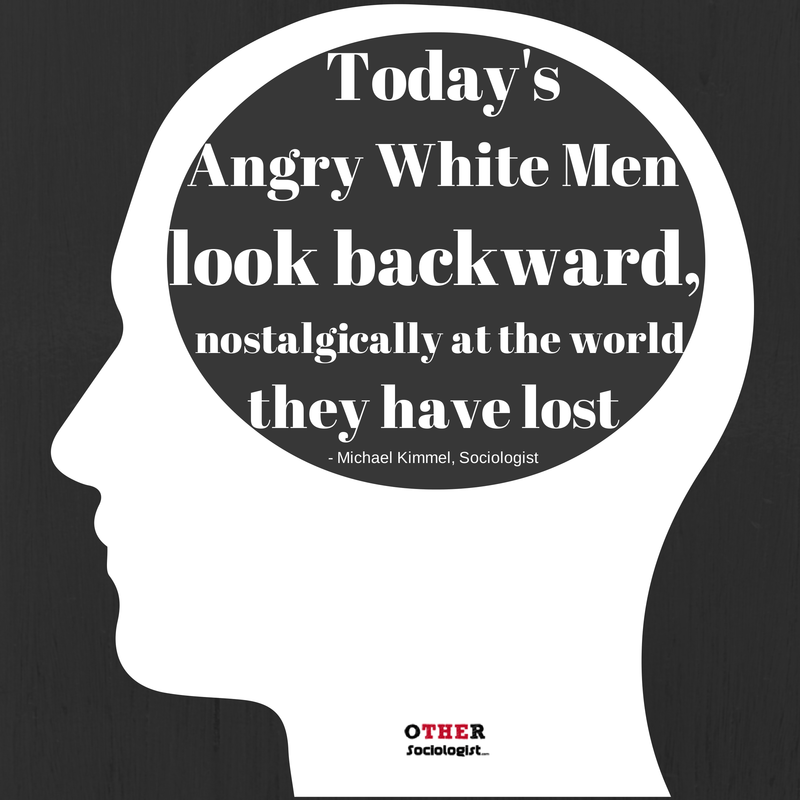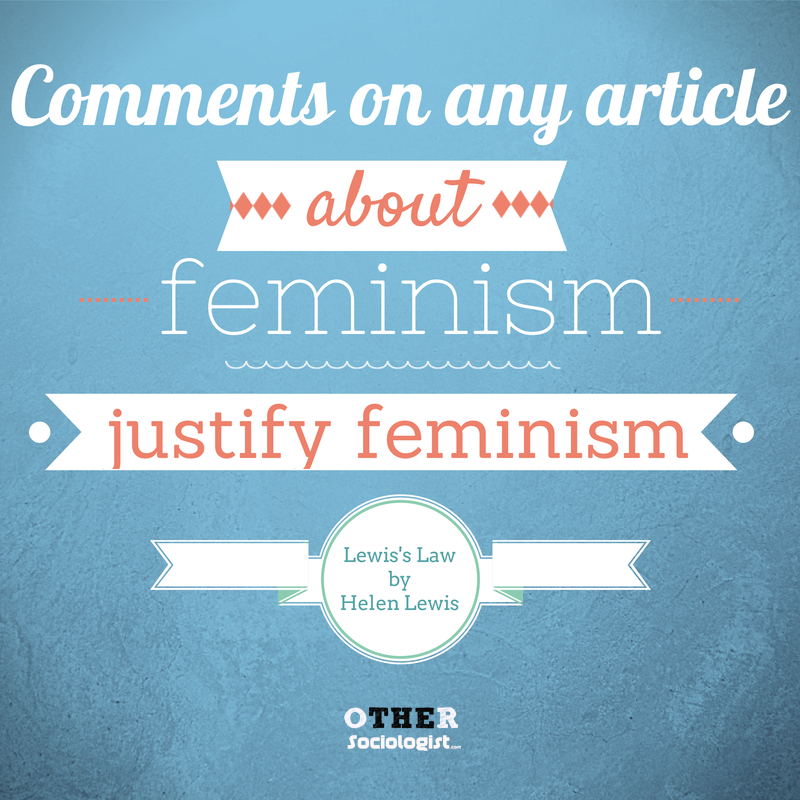A new, already highly controversial, article by Professor of Chemistry, Neil Hall, proposes a “satiric” measure that maps the popularity of scientists on Twitter versus their impact factor (the number of publications in prestigious academic journals). He calls this the “K-Index,” named after a woman celebrity, Kim Kardashian. Why Kardashian? This index is meant to show that social media is as shallow as Hall deems this woman celebrity. Published in the renowned peer-reviewed journal Genome Biology, and unsurprisingly given his premise, Hall finds that scientists with a high impact factor score have a low value on the K-Index. This is mean to be a good thing, according to Hall, who sees scientific communication as being too important to be left to social media.
Scientists who have a high publication record have had longer careers, established under a different, and better funded system. They have published more by virtue of the longevity of their careers and the opportunities that come with tenure (long-term and secure academic employment). They are often older and, as I will show, more reticent to use social media. The fact that they have a low K-factor should be a surprise to no one. Early career academics are more likely to be using social media because it is part of their everyday lives. They do not neglect publishing in peer reviewed journals; they do both, but, being more likely to still be studying, or being employed in the early stages, they will not have racked up as many publications. Scientific publishing and social media do are complimentary to the public communication of science.
It is clear that Hall’s K-Index attempts to demean the outreach work of scientists by pitting academic publishing against social media. I want to focus on the hidden narrative of gender and science morality in Hall’s article.

Continue reading The K-Index: Gender Morality and Social Media Use by Scientists








